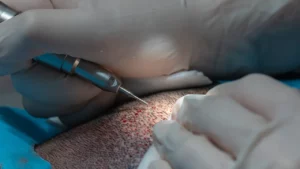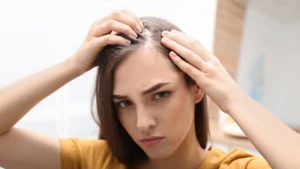Donor area after hair transplant is one of the first places to be examined. There is a different healing process compared to the hairline. The area must remain healthy. Because hair transplant is the transfer of hair follicles taken from the donor area to bald areas.
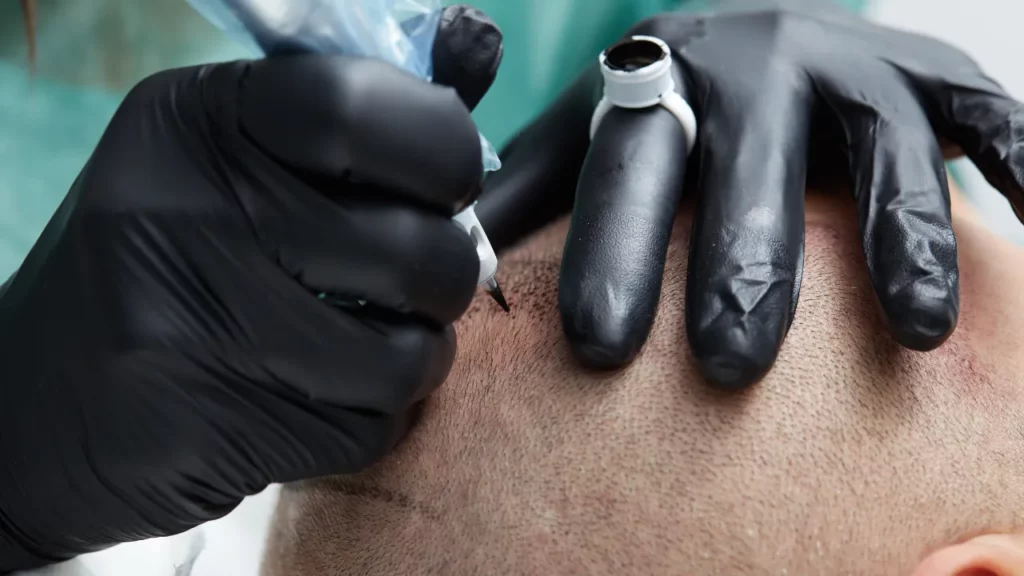
Decoding donor area after hair transplant helps you understand what you will encounter during the recovery process. Donor area sensation becomes normal over time. However, going beyond your doctor’s recommendations may put you in a difficult situation.
Significance of Donor Area in Hair Transplant
Donor area is one of the most important points in hair transplant. Every surgeon wants the relevant area to be healthy, and any changes that will occur are within expectations. All changes need to be followed closely in donor area after hair transplant.
In hair transplant donor area is an ideal source of sustainable hair follicles. In the treatment, hair follicles are carefully removed and transferred to the transplantation area. This is the first stage in the treatment and it is not possible to perform it if the donor area is not healthy.
Donor area after hair transplant should be left to the natural healing process. Hair transplant recovery timeline is specific, except for certain individual differences. Hair transplant donor area recovery can be completed quickly with proper care steps.
Donor area after hair transplant must provide the necessary density. If the density in donor area cannot be maintained, thinning of the hair may occur over time. At the same time, the healing process after hair transplant does not progress as expected.
In hair transplant donor area is one of the first places to pay attention. Complications in donor area negatively affect the treatment. It is important to apply donor area care tips for successful results. The donor area after hair transplant should always be kept under control.
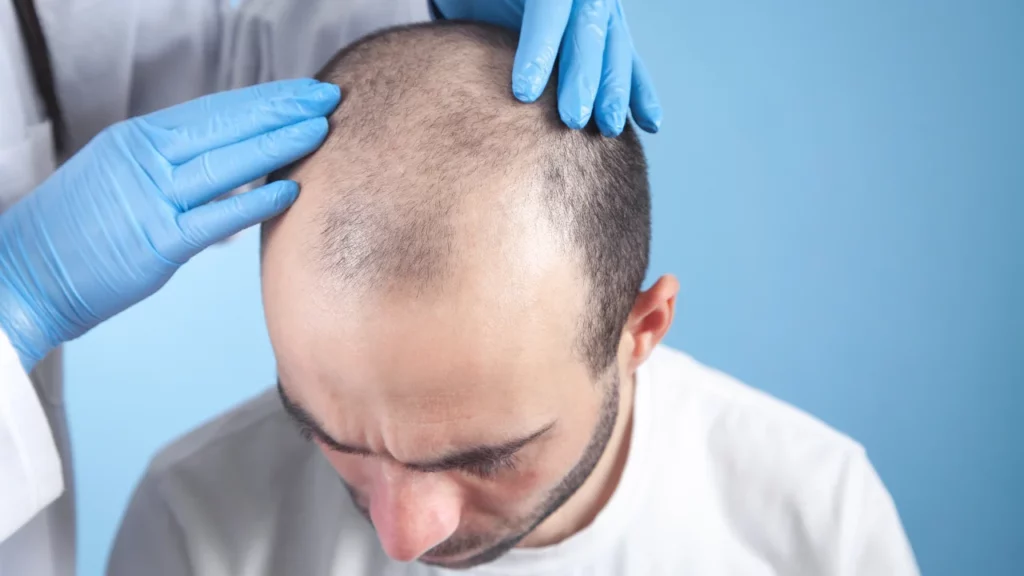
Donor Area in Hair Transplant Techniques
Donor area after hair transplant may be different for each treatment technique. The effects that will occur have common points. The important thing is to stay away from complications in donor area. Following the correct maintenance steps is more than enough.
After hair transplant donor area recovery progresses in accordance with the timeline determined by your surgeon. Many situations outside the timeline can negatively affect treatment. For this reason, you should closely monitor all symptoms that occur.
Understanding the Donor Area in FUE Technique
When the FUE technique is applied, the changes in the donor are after hair transplant are different then old methods. In old methods, scars are much more visible. The FUT technique significantly eliminates the scars, but swelling and bruising may occur on the scalp.
Even if they are small, scabbing can be easily noticed. Depending on the conditions during the healing process, swelling and redness may become evident. Donor area hair growth progresses in a healthy way, but it is necessary to act by adhering to the correct care tips.
Understanding the Donor Area in DHI Technique
When the DHI technique is applied, the changes observed in the donor area are slightly different from other methods. Hair grafts are removed by making small incisions. For this reason, bruising may occur due to the body’s reaction. But swellings last much shorter.
The tissues in the lower part of the scalp deteriorate less. Scabbing has no difficulty creating a protective layer. Puncture areas on the head are not easily noticed, but the incisions may be visible before color changes begin in the donor area after hair transplant.
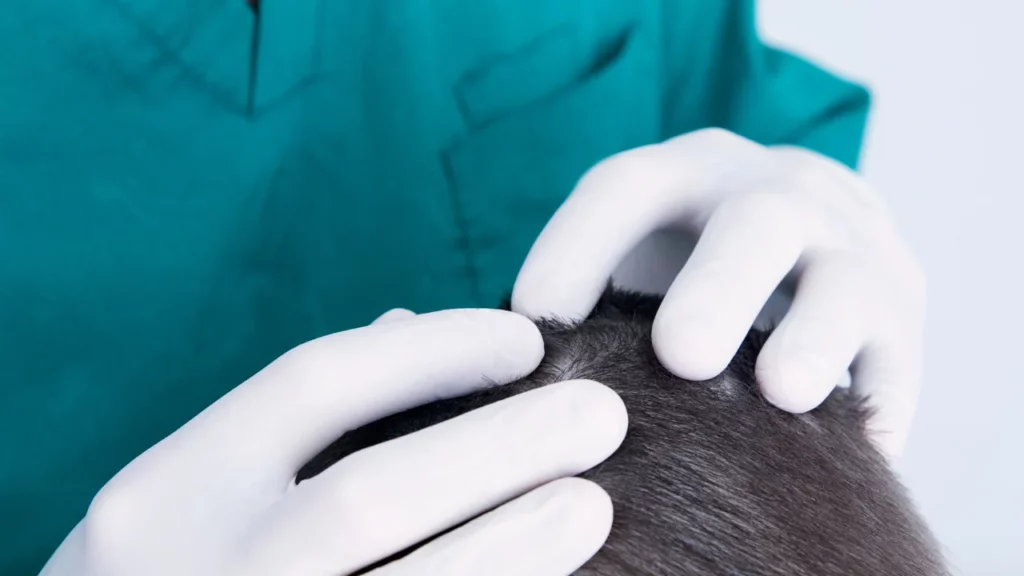
The Initial: Donor Area After Hair Transplant
Some immediate changes occur in donor area after hair transplant. Changes may differ depending on the FUE and DHI technique. The common points in the changes are swelling, bruising, redness, tenderness and scabbing. These happen in all hair transplant methods.
Most of the conditions experienced are temporary and disappear during the healing process. As long as you pay attention to donor area care tips, the healing process progresses successfully. If you ignore the care tips, some complications may occur.
FUE Donor Area After 2 Weeks
When you have a hair transplant with the FUE technique, you may experience some changes after two weeks. Donor area sensation will change, but most importantly, you will witness the growth of new hair. It is important to manage your expectations in the best way possible.
- Color Change: Color change occurs in donor area after hair transplant. The discoloration should now disappear and the skin should begin to return to normal.
- Healing Skin: Scabs are shed in the healed areas of the donor area. The scalp continues to renew at full speed and donor area hair growth continues.
- Reduced Swelling: Swelling and bruising occur shortly in donor area after hair transplant. After two weeks, the swelling begins to decrease in FUE donor area.
- Closed Punctures: Small punctures formed during treatment begin to close. There are no open holes left on the surface and pink spots that are not easily noticed appear.
Donor are hair growth is still in its early stages. You should not rush and adjust your expectations well. Unlike the DHI method, FUE donor area may have a different appearance in terms of scabs. Your surgeon should provide the necessary information on this subject.
DHI Donor Area After 2 Weeks
If you have had a hair transplant with the DHI technique, you can expect some changes after the first two weeks. There may be differences in scabs and flakes at the DHI donor area. However, when you compare, you may see different changes in the FUE donor area.
- Reduced Swelling: Swelling and tenderness are significantly reduced. After 2 weeks, this is the most important change that will occur in the DHI donor area.
- Color Change: You can see color changes in donor area after hair transplant. While the redness on the scalp disappears, the bruises decrease as healing continues.
- Thinning Scabs: Scabs occur in every area where hair follicles are removed. After two weeks of treatment, the scabs begin to fall off naturally in the DHI donor area.
- Tiny Hair: When hair follicles start to grow, tiny hair first appears. The appearance of tiny and soft hair indicates that the treatment is progressing positively.
In hair transplant, donor area always causes some changes in your scalp. Each treatment method has unique characteristics. As long as you pay attention to donor area care tips, you can go through the hair transplant healing process without any problems.
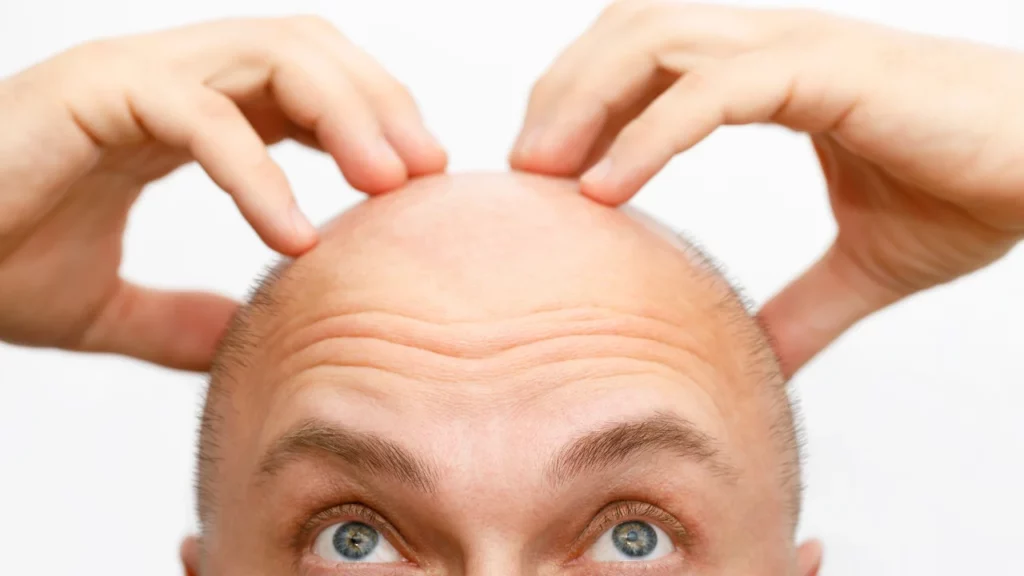
Anticipation: Long Term Donor Area Recovery
In donor area after hair transplant, the initial healing process is followed by long-term results. To achieve better results in the long term, you should pay attention to factors such as scarring and sensation. The donor area sensation should be at normal levels.
- Skin Tone: If your skin tone is lighter, hair follicles appear more clearly. The darker your skin tone, the more likely you are to experience a smooth look.
- Weight Change: If you experience weight change after treatment, hair transplant may become more noticeable. You should maintain your weight for optimal results.
- Various Haircuts: Various haircuts are required after hair transplant. Haircuts make hair grow smoother and improve results in the healing process after hair transplant.
- Sun Exposure: Donor area after hair transplant needs healing. If you cannot stay out of the sun during the healing process, thin hair will be more visible.
- Hair Density: As the hair in the donor area begins to become thicker, the appearance becomes fuller. However, there may still be sparse hair in some places.
Your doctor should evaluate all the criteria for hair transplant donor area recovery. It should give you information about every factor that will affect the results in the short term and long term. Thus, the hair transplant recovery timeline can proceed as expected.
Tips for Optimal Recovery in Donor Area
Hair transplant donor area may have a different healing approach than other areas. You should be careful about common pitfalls and stay away from them. You should not use hair styling products or return to normal activities without permission from your doctor.
- Light Massage: To promote healing, you must improve blood flow in donor area after hair transplant. You can lightly massage your head while your hands are clean.
- Pain Relief: After treatment, the nerves need to re-develop and this may cause some pain. You can use pain relievers to support healing process after hair transplant.
- Antibacterial Ointment: Use antibacterial ointment with moisturizing properties. These ointments reduce itching and provide relief in donor area after hair transplant.
- Mild Shampoo: You should wash your head with a mild shampoo. You should avoid scratching the donor area and keep it clean. This way you can prevent infection.
- Soft Hat: You need to protect the donor area after treatment. Promote healing by wearing a soft hat and feel less discomfort in hair transplant recovery timeline.
Hair transplant is a very delicate process and therefore great attention should be paid to recovery. You should keep the donor area clean to prevent complications in donor area. Most importantly, you should be patient until the healing process is completed.
